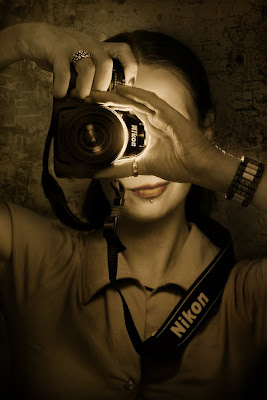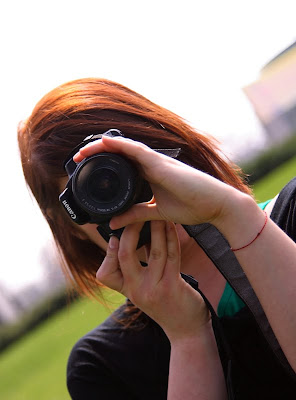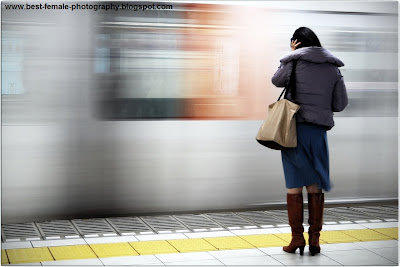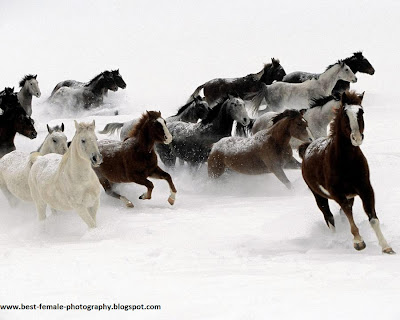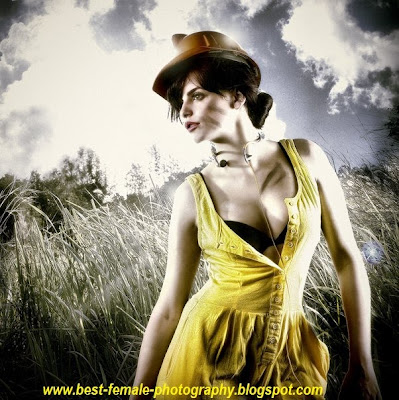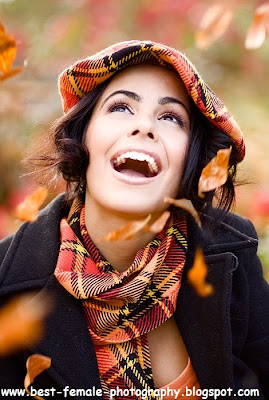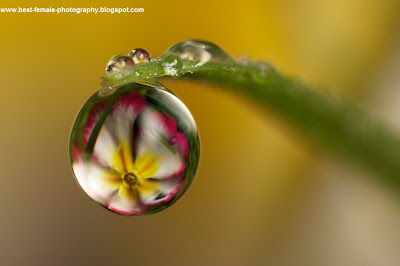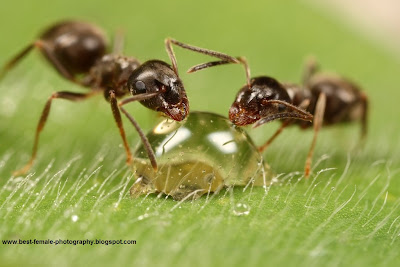Seeing in black and white can be learned by paying particular attention to the quality and direction of light. Examine Impressionist paintings. These works are all on the quality of light as they are about their subjects. One of the clearest examples is the series Haystack by Claude Monet. Although the subject of Monet and views are exactly the same in each table, each of these tables is very different because of the quality of light. This is the same regardless of the light that the photographer in black and white must keep in mind.
Photography in its simplest definition is the recording of light. When you take pictures in black and white, light and its interaction with the subject of your photo should be at the forefront of your mind.
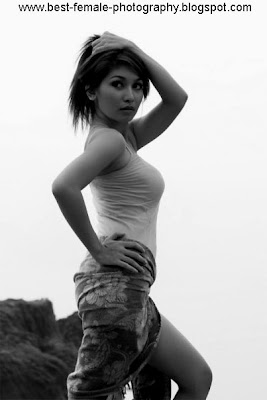 Considerations for photography in black and white:Viewpoint
Considerations for photography in black and white:ViewpointThe review by the first and most important of all photography is the point of view. What about you? What you want to say or to show photography.
Source of LightIs the source of natural light? Your subject is illuminated directly by the primary light source (sun, flash) or been informed by the reflection of light from clouds or not on a large luminous object?
Quality of lightThe direct light produces shadows and strong contrasts between light and darkness. Diffuse light, as light of a cloudy day, softens shadows and produces soft shades of gray in your photo.
Amount of lightIs there enough light to record your subject? The red stands out brilliantly in a shooting early evening gray color will be delivered in a black and white photo. Is there enough light to see your subject as you want it delivered?
Direction of lightThe direction of light affects depth, dimension and detail. Side lighting produces larger effects. Lighting before reducing the texture and depth. Back light highlights the reduced form and detail.
 Patterns
PatternsPattern is the repetition of line and form. Reason can give rhythm and structure for a photo.
ShapeShape is defined not only by the objects represented, but also blocks light and darkness of the picture.
ToneTone is conveyed by the use of shadow and light in photography. Photographs using dark shadows and dark tones of gray areas to convey a mood such as sadness, emptiness, etc. tones photographs can convey moods, such as opening or space.
TextureThe qualities of surface texture of the object texture to a photograph. Texture can add realism and depth, and lack of texture can add a mythic quality or ideal for a photo.
LinesLines to provide guidance and structure to your photo. Lines draw the viewer's eye through the photograph. Lines add movement and tension.
 This is a photograph of art is a quality of composition, negatives and printing. The composition is the best approach. Like other mediums, how the image is vitally important to how the print will be displayed. There are countless other variables of art photography, the choice brand of paper, printing and developers. At the stage when it comes to photograph the girls, she comes to subject of interest in itself. In this type of photography you'd be left with all the glamor, style of thinking about it and more. Female figures, various innovative styles undoubtedly attract people. If you are a budding photographers that you'll be much happier with the picture of women's art if you go further by adding your photograph female port folio. Only now, when you work with females, they should feel at ease, because it would make their expressions really beautiful and you will capture a good image.
This is a photograph of art is a quality of composition, negatives and printing. The composition is the best approach. Like other mediums, how the image is vitally important to how the print will be displayed. There are countless other variables of art photography, the choice brand of paper, printing and developers. At the stage when it comes to photograph the girls, she comes to subject of interest in itself. In this type of photography you'd be left with all the glamor, style of thinking about it and more. Female figures, various innovative styles undoubtedly attract people. If you are a budding photographers that you'll be much happier with the picture of women's art if you go further by adding your photograph female port folio. Only now, when you work with females, they should feel at ease, because it would make their expressions really beautiful and you will capture a good image.

